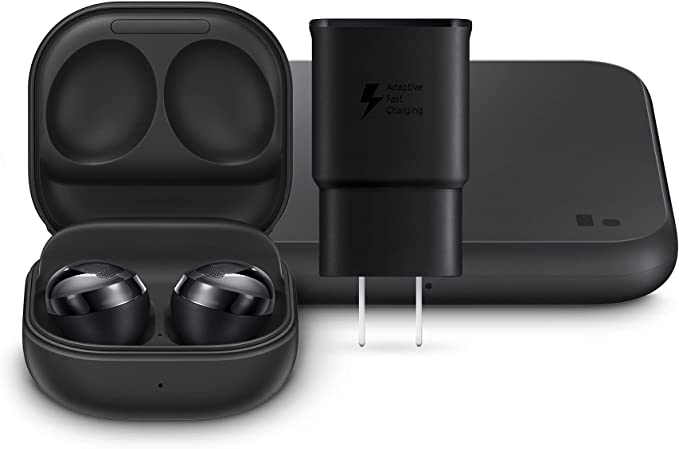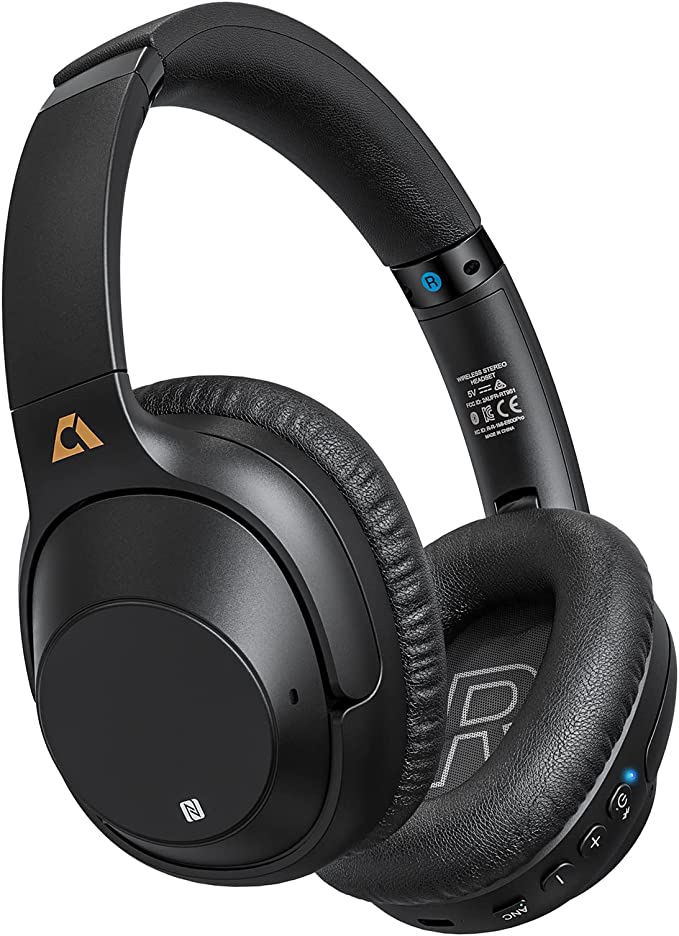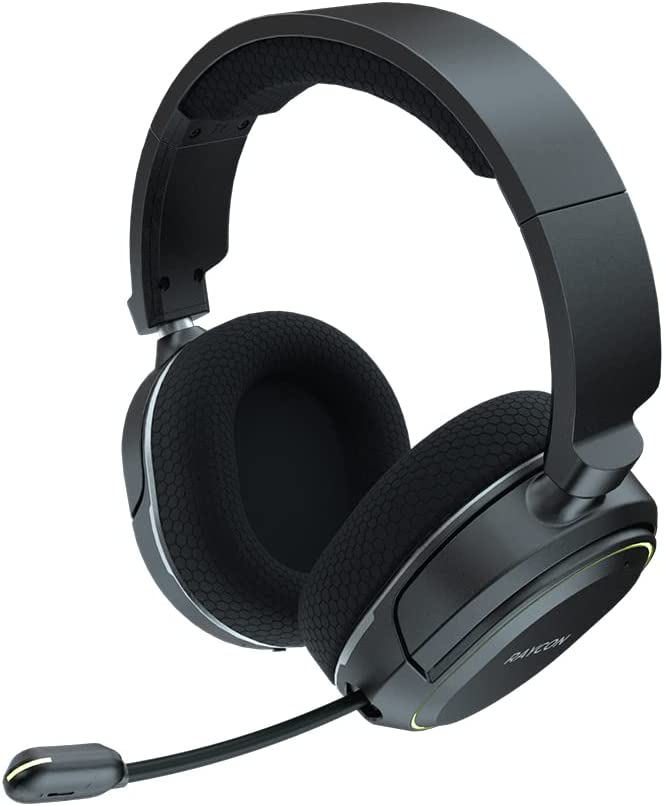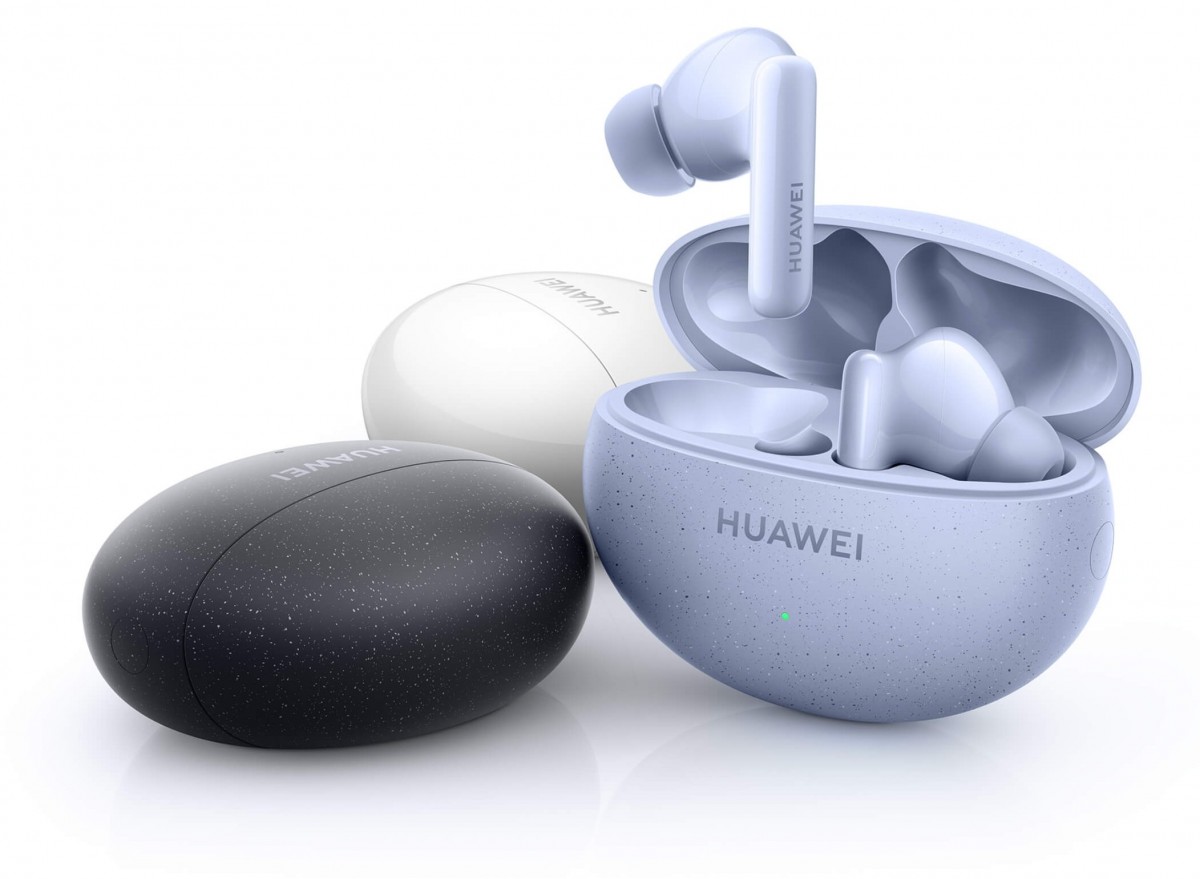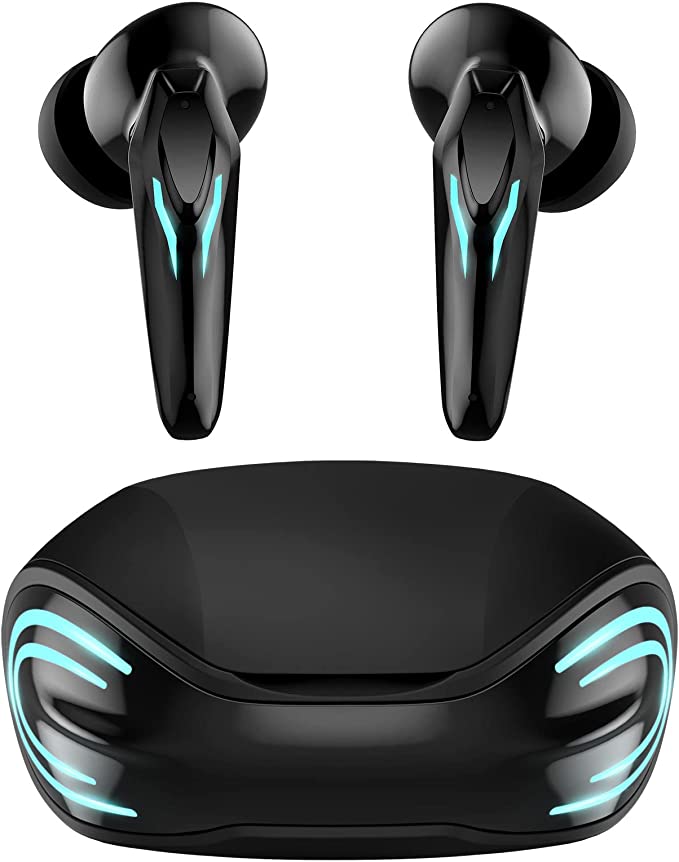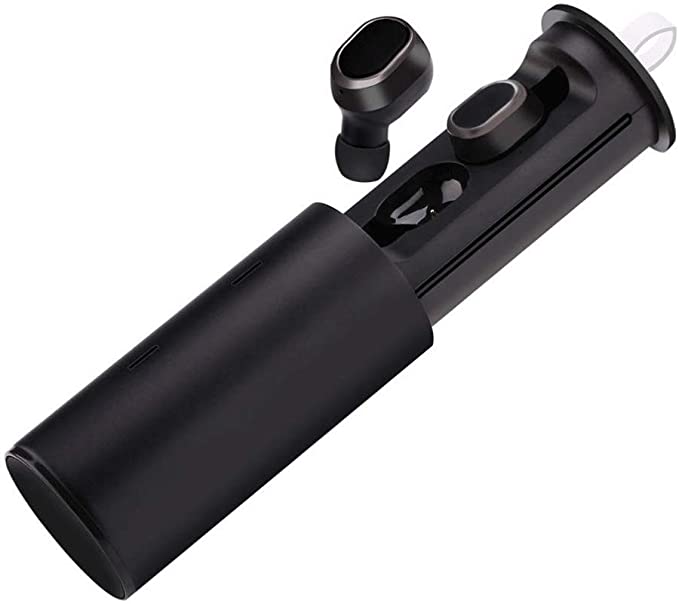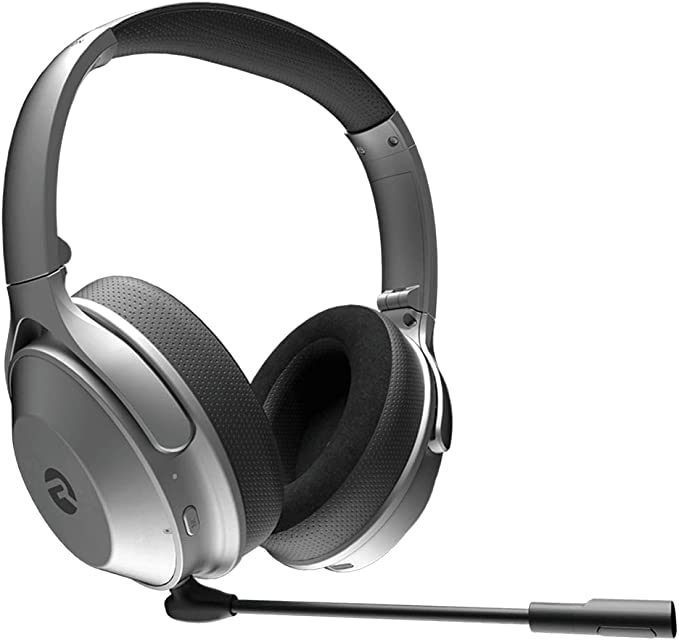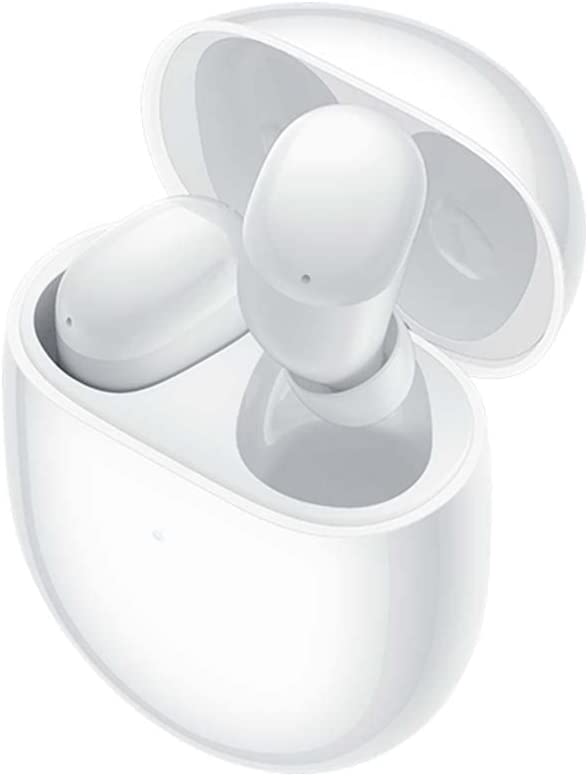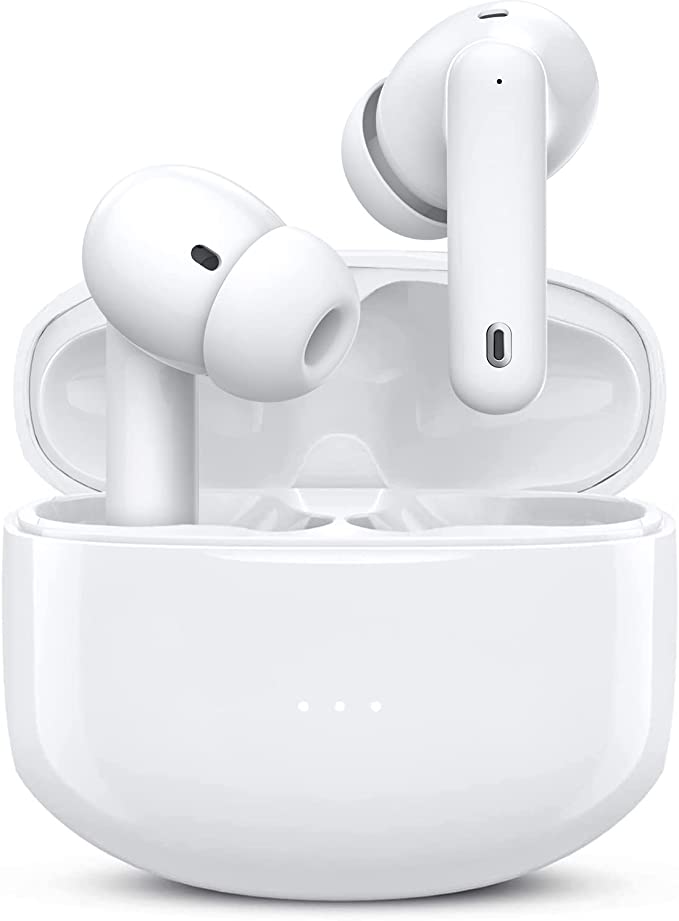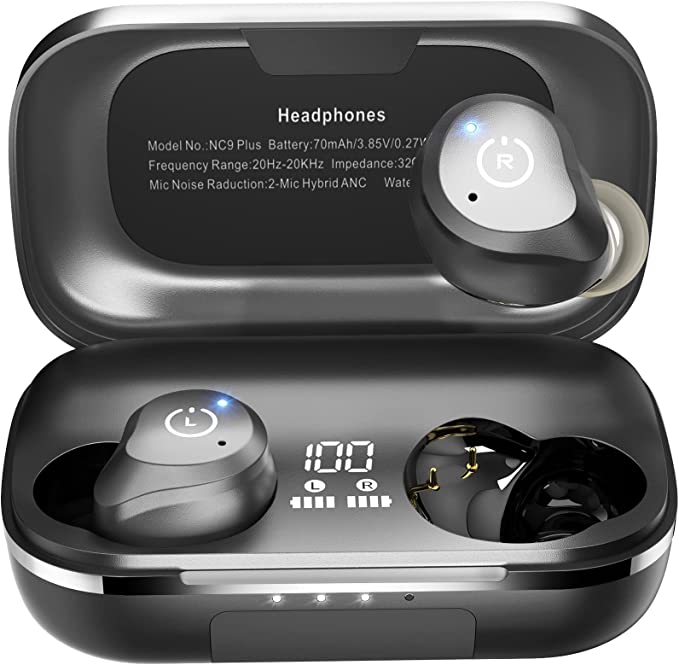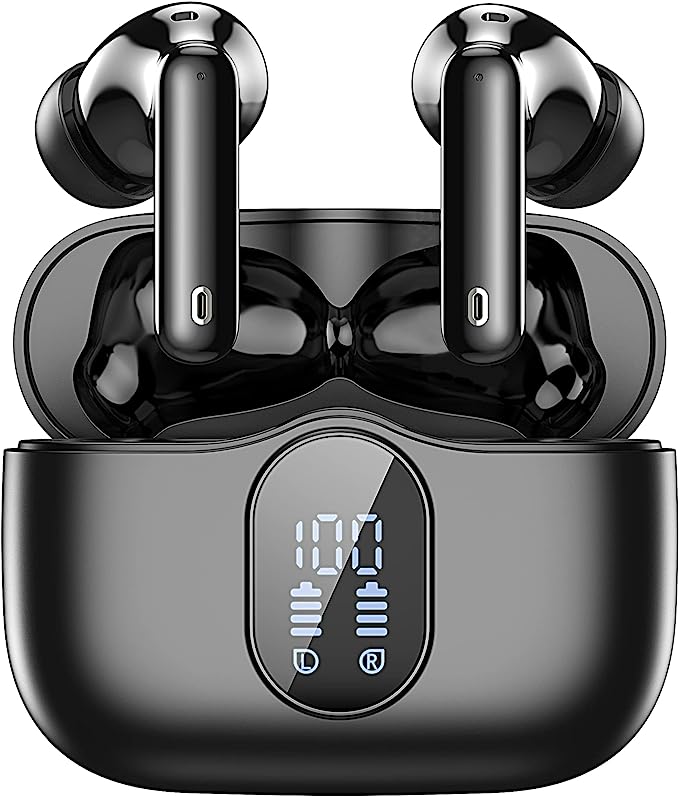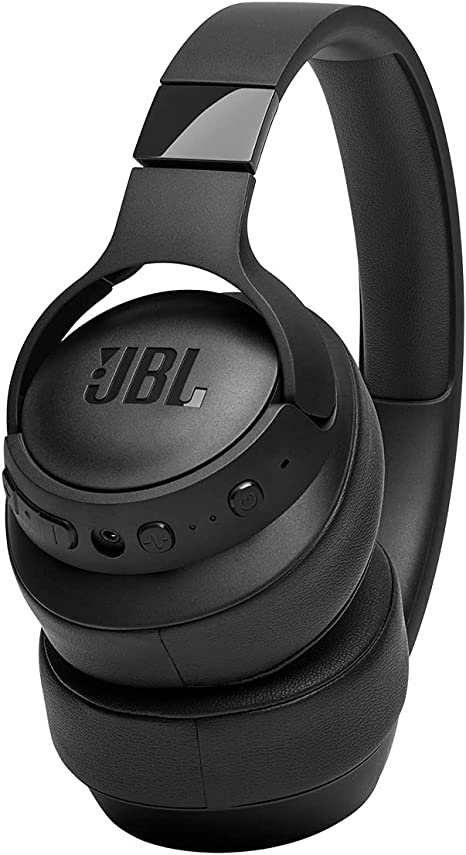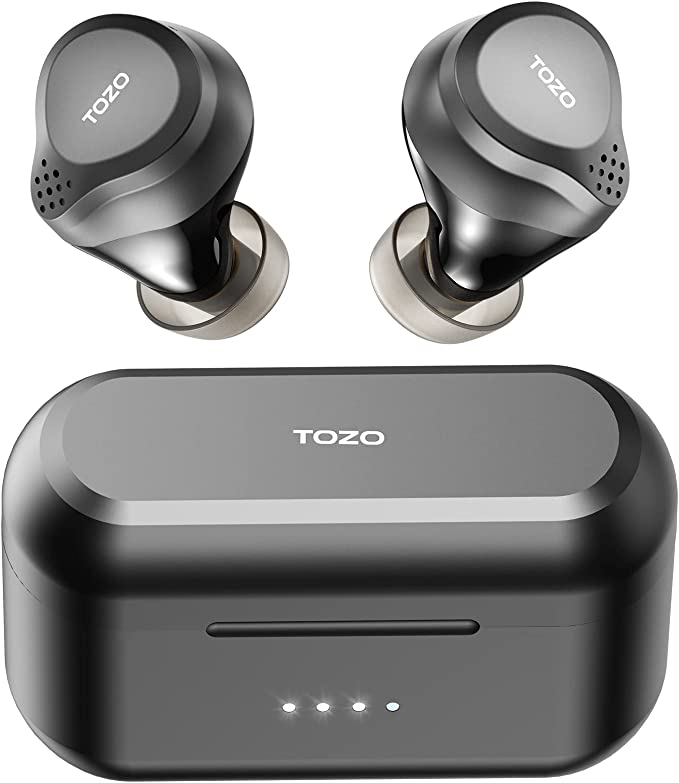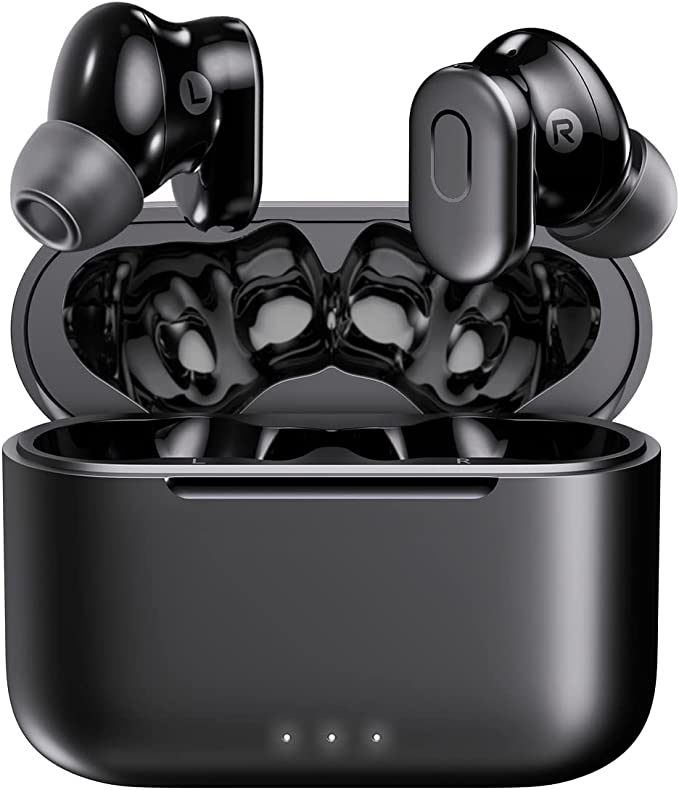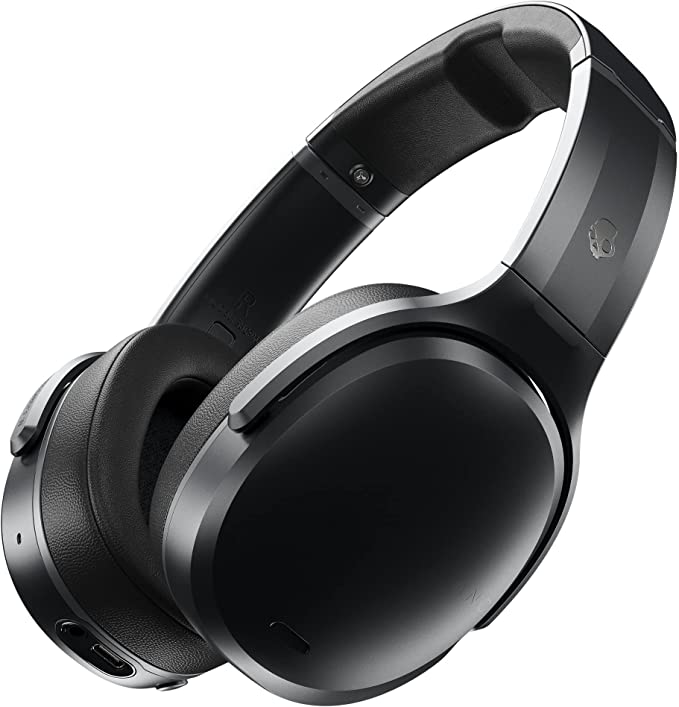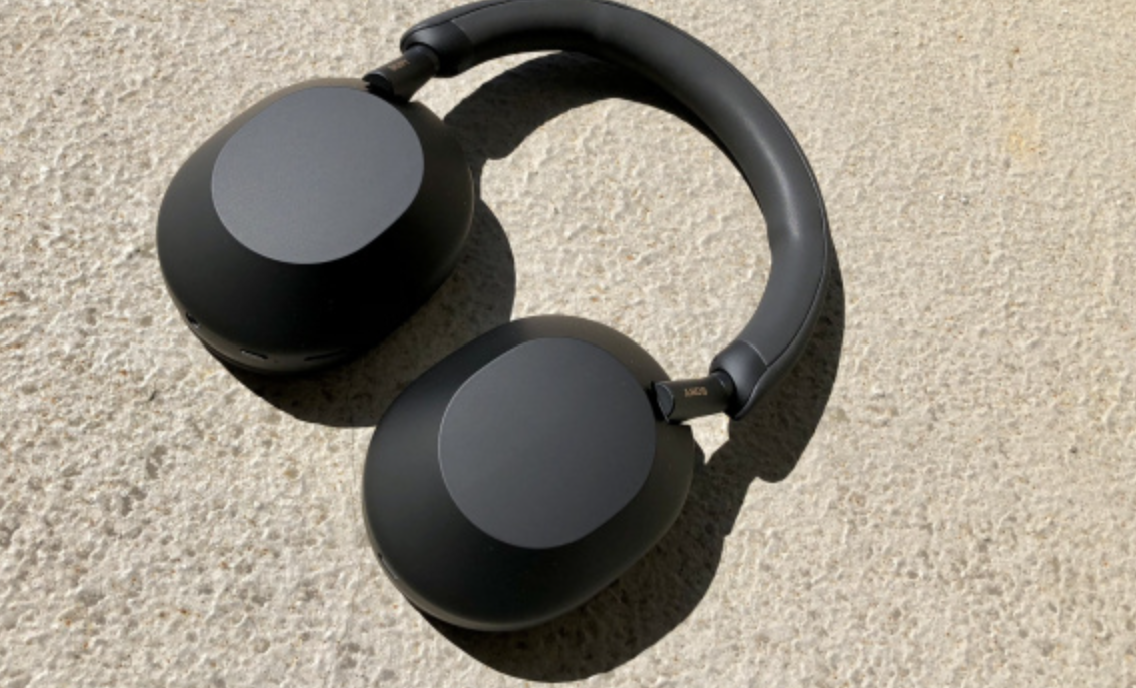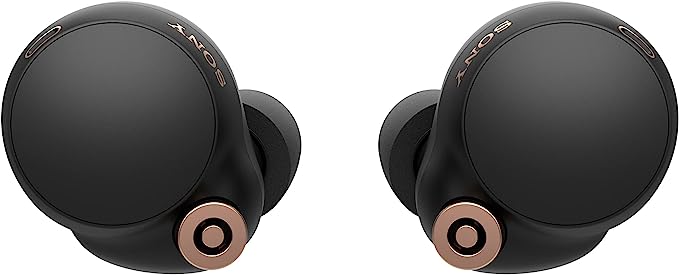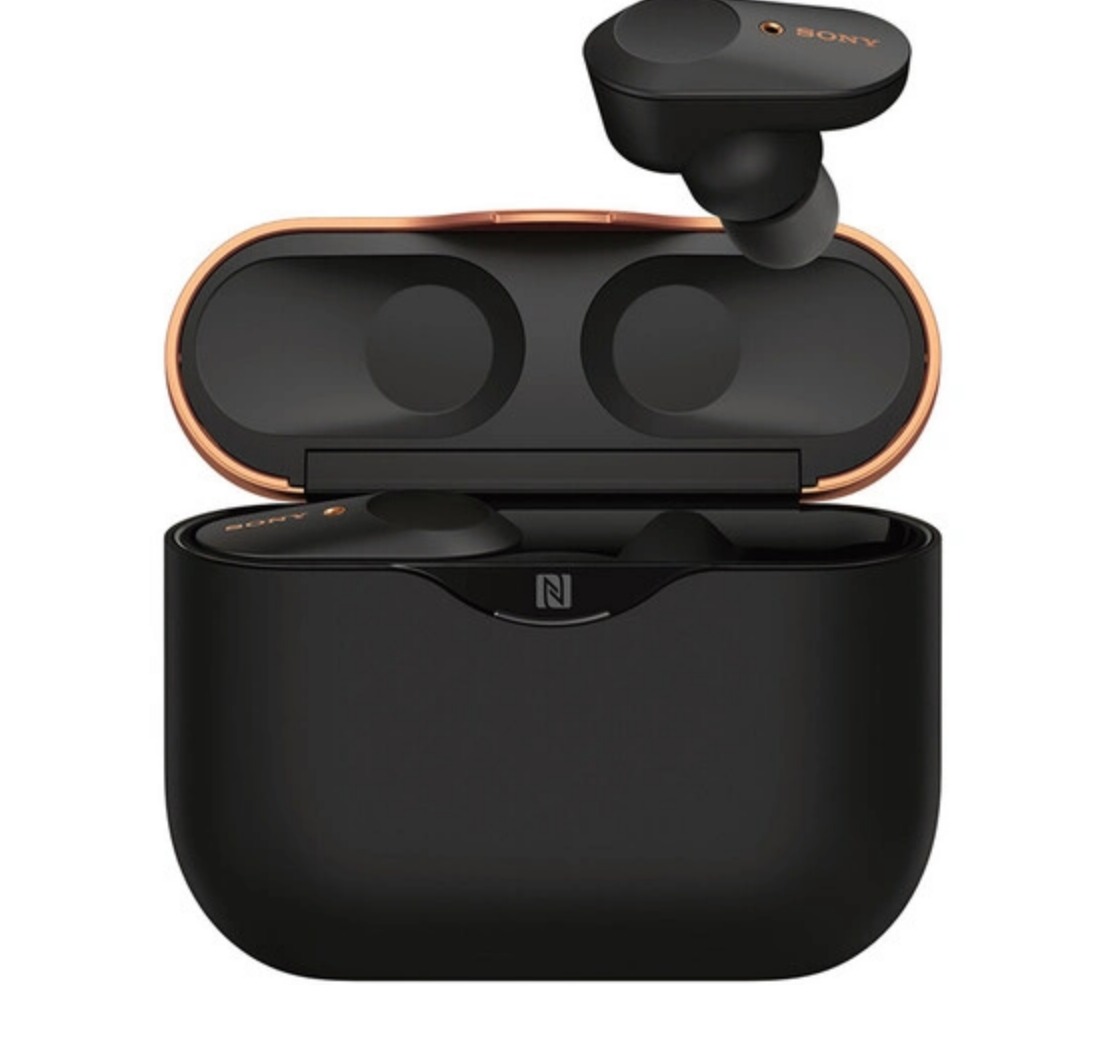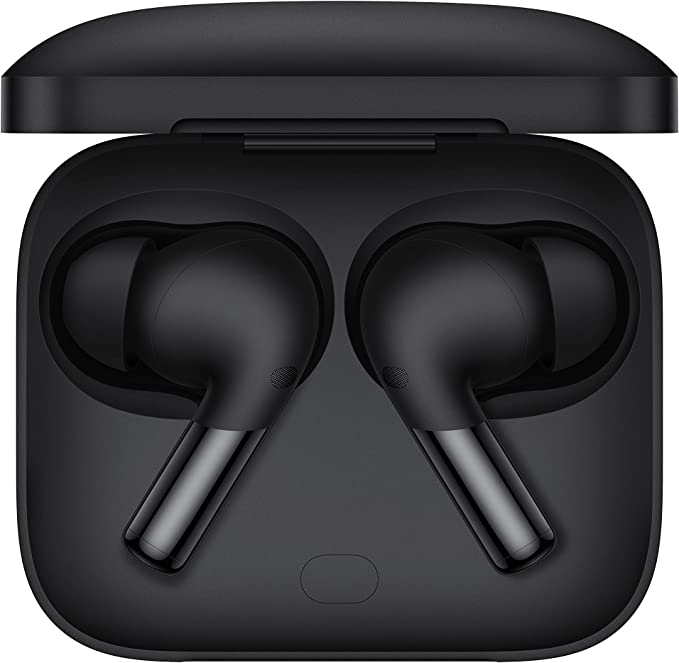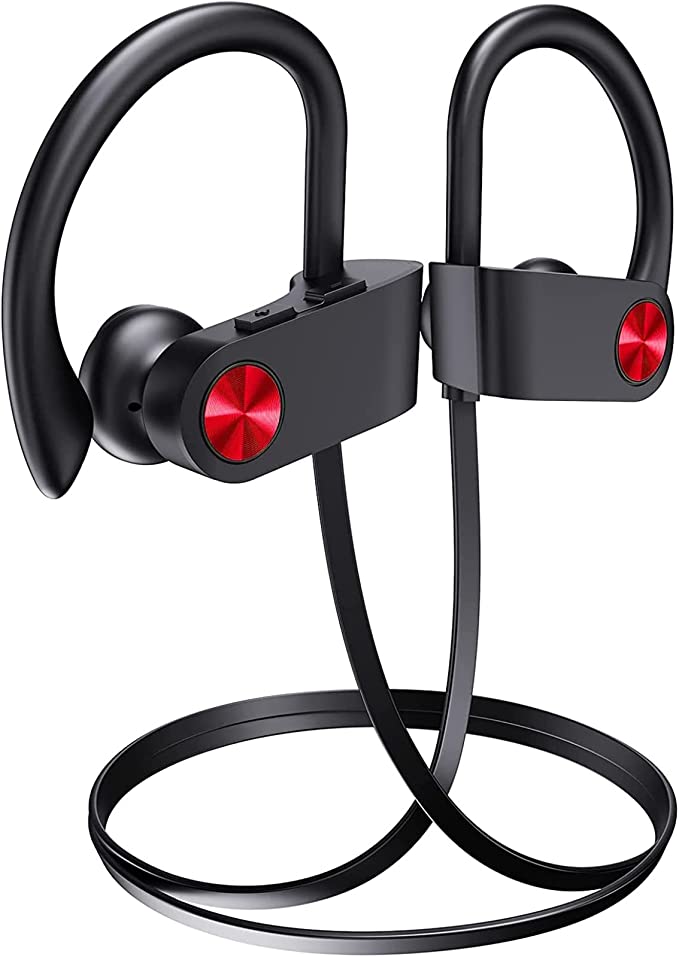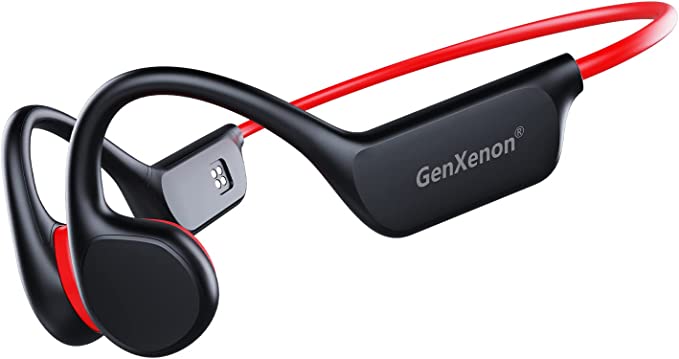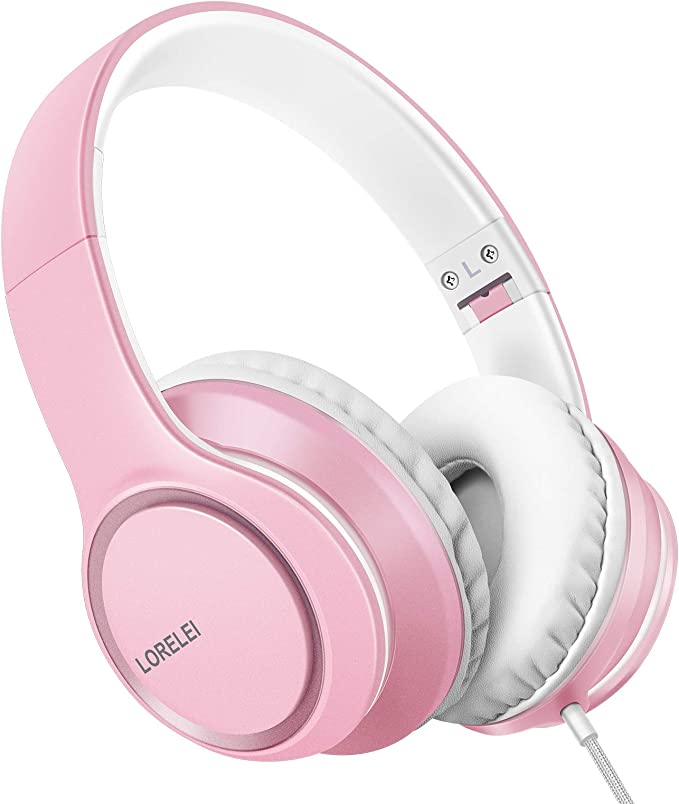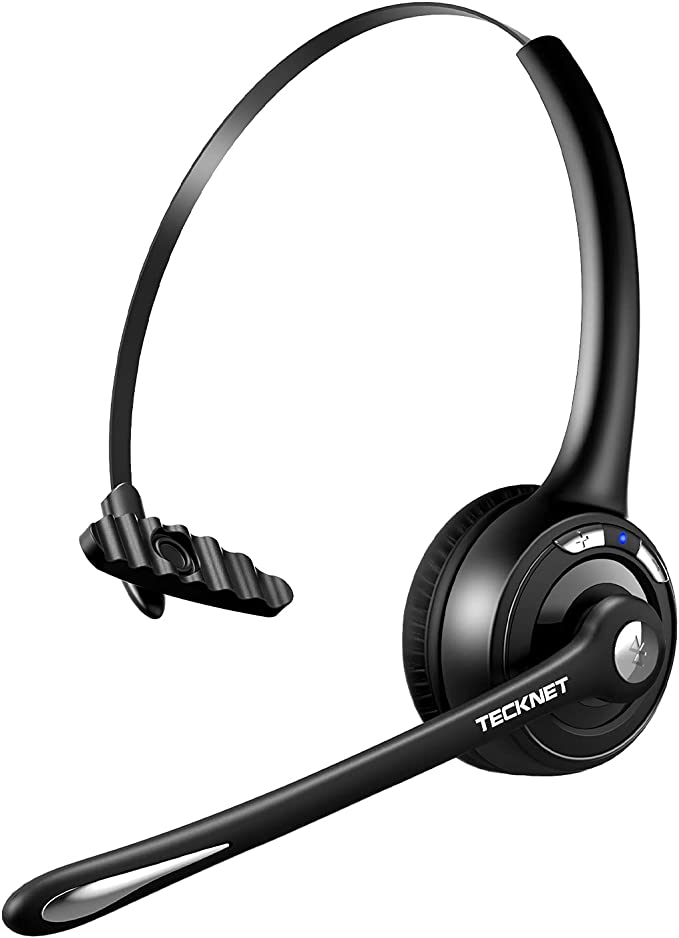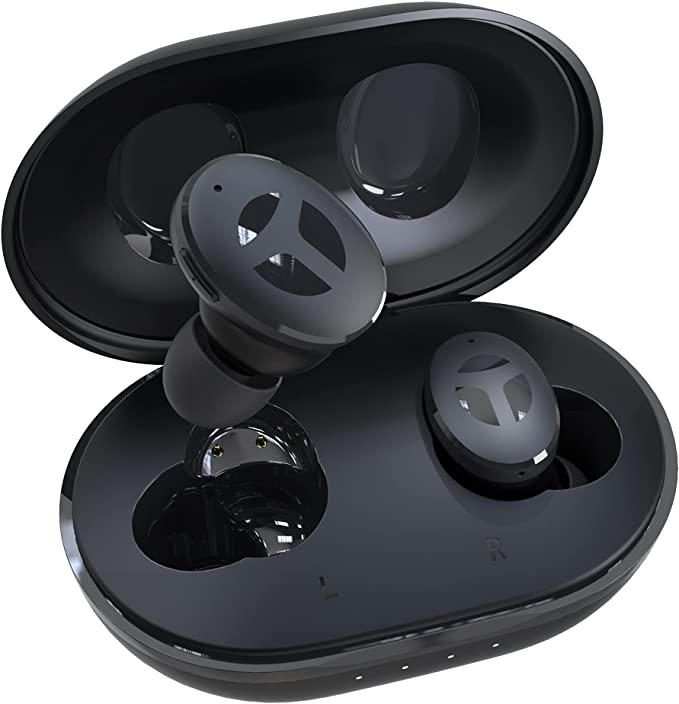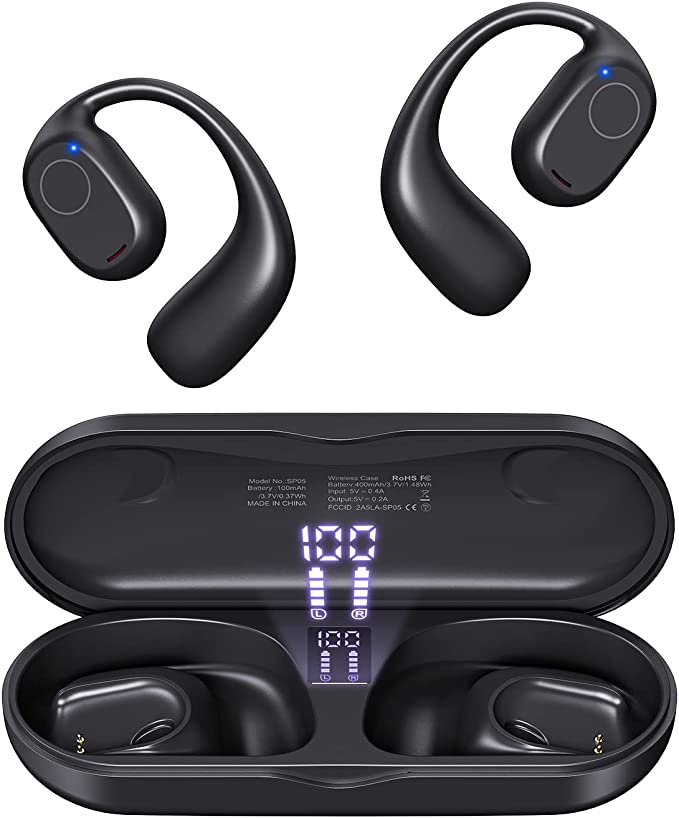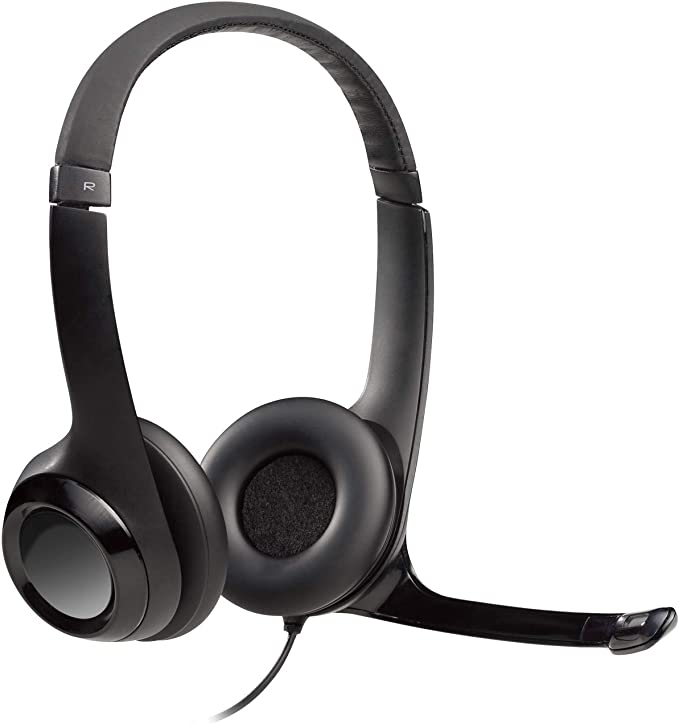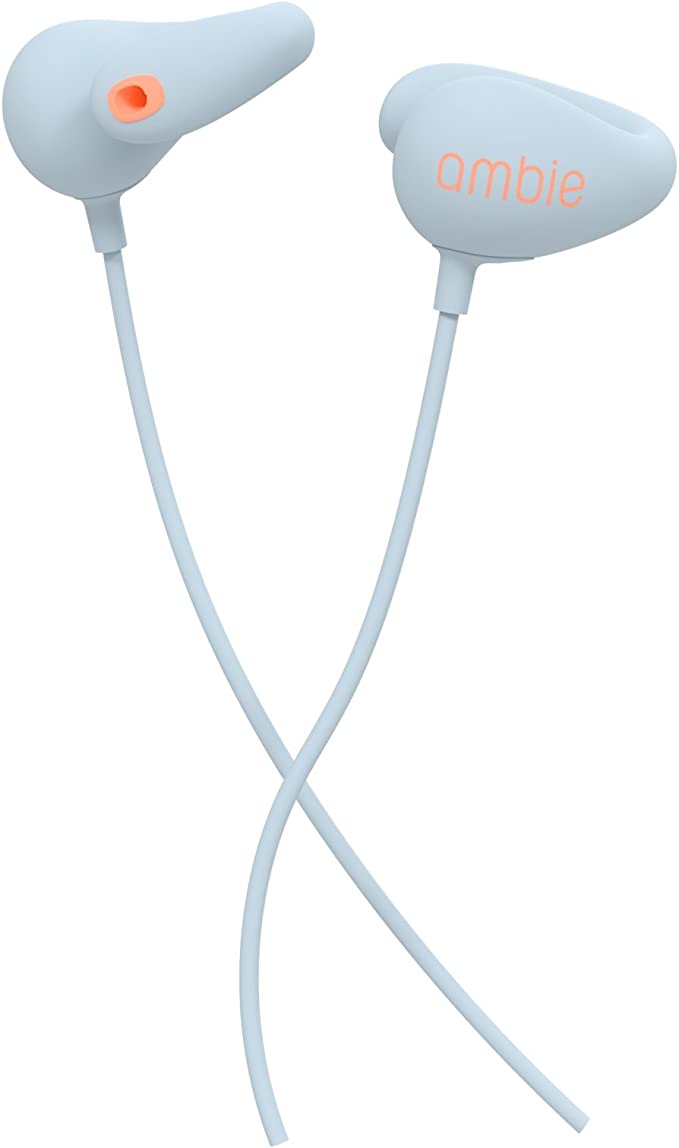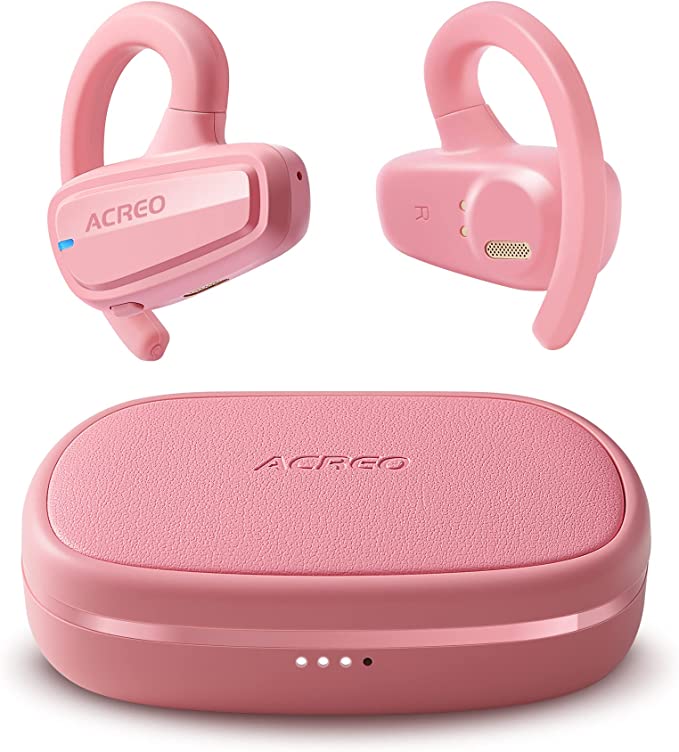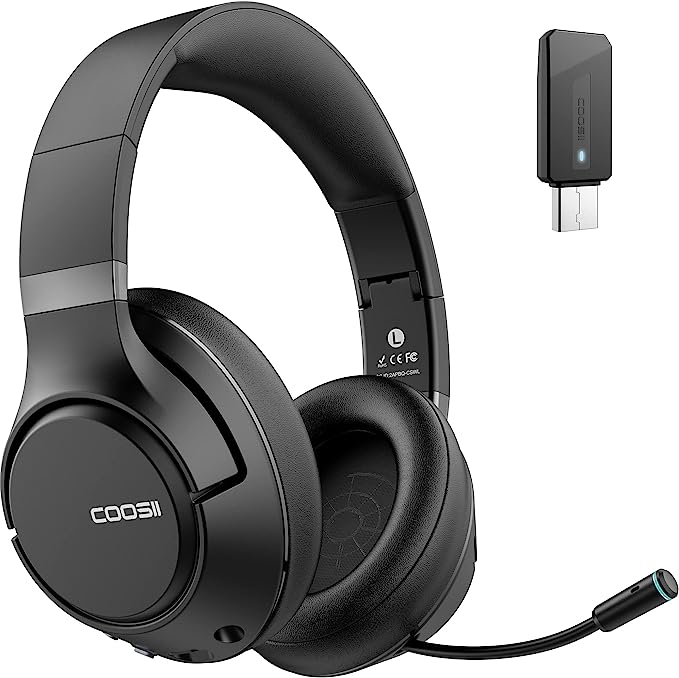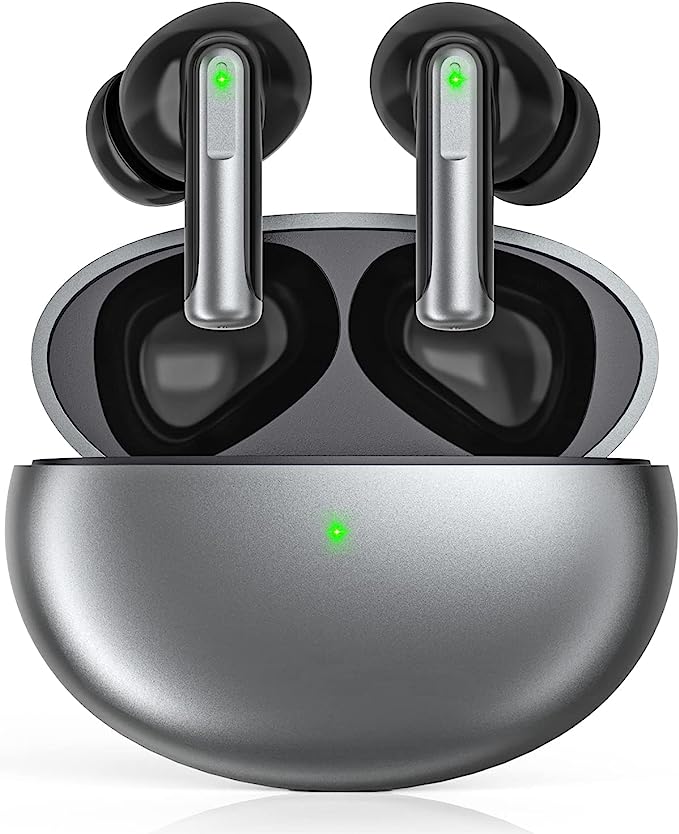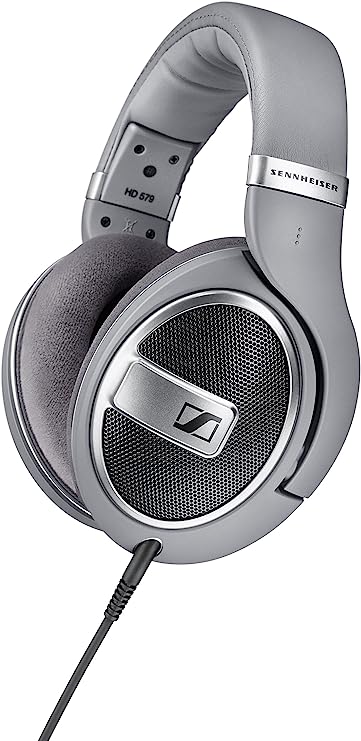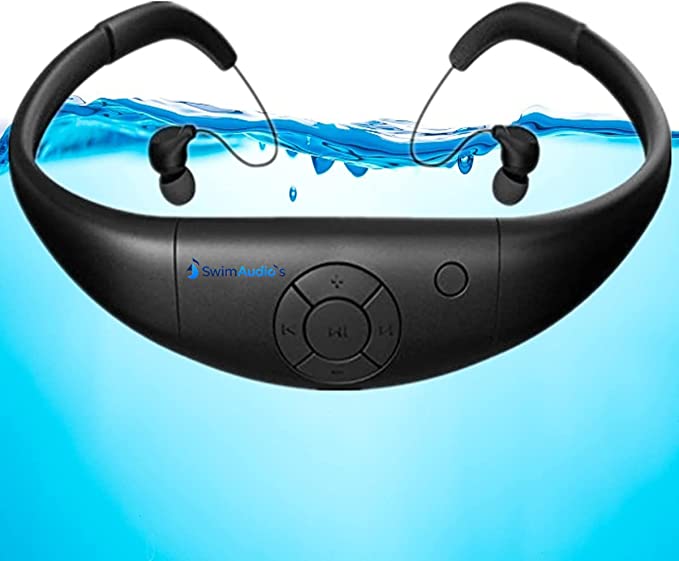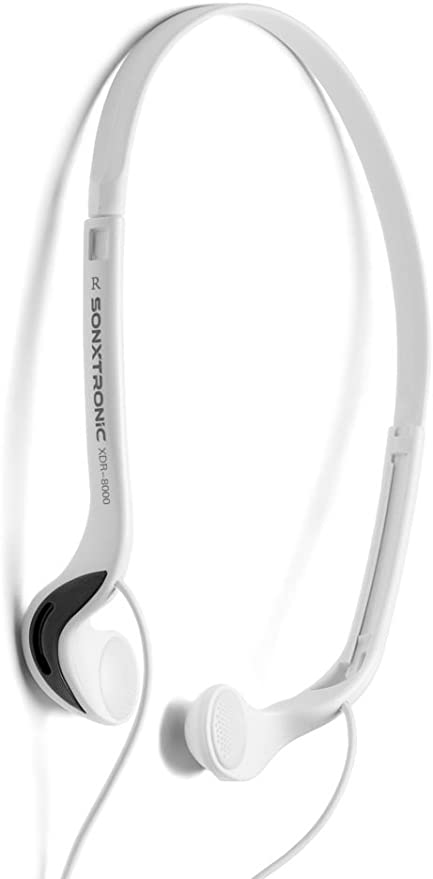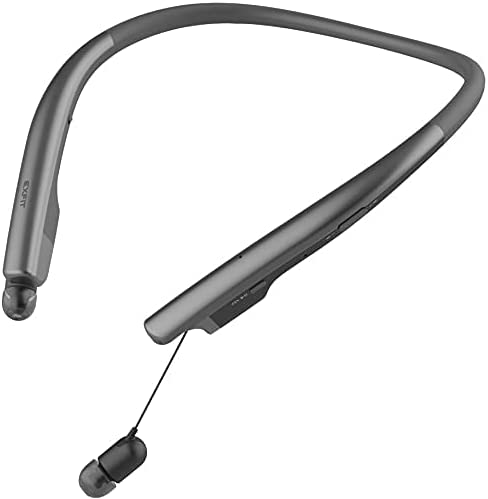DEFLAB Active Noise Cancellation Wireless Headset: Escape the Noise, Embrace the Sound
Update on July 25, 2025, 9:17 a.m.
In our relentless modern world, silence is a dwindling commodity. From the ceaseless drone of city traffic to the persistent chatter of open-plan offices, our ears are constantly bombarded by an unseen chorus of noise. This auditory deluge, often dismissed as mere background, profoundly impacts our well-being. Chronic exposure to unwanted sound isn’t just an annoyance; it’s a silent stressor, contributing to fatigue, diminished concentration, disrupted sleep cycles, and even long-term hearing challenges. In this clamorous existence, the ability to reclaim a personal auditory sanctuary has become not just a desire, but a necessity for clarity and peace.
This pressing need for tranquility has propelled the remarkable evolution of noise cancellation technology. Far from simply blocking sound, this ingenious innovation actively transforms our acoustic environment, creating pockets of serene immersion where focus can flourish, and entertainment can be truly savored.

The Symphony of Silence: Unraveling Active Noise Cancellation
To truly appreciate the magic of noise cancellation, we must first understand the fundamental nature of sound itself. Sound travels in waves, much like ripples expanding across a pond. These waves are characterized by their frequency, which determines the pitch of a sound, and their amplitude, which dictates its loudness. The higher the frequency, the higher the pitch; the greater the amplitude, the louder the sound.
The brilliance of Active Noise Cancellation (ANC) lies in a fascinating principle from physics: destructive interference. Imagine two identical ripples colliding in a pond. If the crest (high point) of one wave meets the crest of another, they combine to form a larger wave (constructive interference). However, if the crest of one wave meets the trough (low point) of another, they effectively cancel each other out. This is the essence of destructive interference – a symphony of cancellation.
ANC headphones harness this principle through a meticulously choreographed dance of engineering:
The “ear” of the system comprises tiny microphones, strategically placed on the exterior of the headphone earcups. These microphones are vigilant sentinels, constantly listening to the ambient noise in your surroundings. They capture the incoming sound waves – be it the rumble of an airplane engine or the chatter of a café.
This captured noise signal is then swiftly relayed to the “brain” of the system: a specialized Digital Signal Processor (DSP). This miniature supercomputer, armed with complex algorithms, performs an astonishing feat. It rapidly analyzes the incoming noise wave and, in milliseconds, generates an entirely new sound wave that is precisely the opposite of the original noise – an “anti-noise” wave. Its peaks align with the noise wave’s troughs, and its troughs align with the noise wave’s peaks.
Finally, this anti-noise wave is played through the headphone’s internal speakers. As this engineered wave meets the original external noise wave inside your ear, they collide in a moment of elegant destructive interference. The result? A significant portion of the unwanted noise is neutralized, creating a profound sense of quietude.
ANC systems typically come in a few architectural forms, each optimized for different scenarios:
- Feedforward ANC: Microphones are positioned on the outside of the earcups. They capture noise before it reaches your ear, making them highly effective at canceling consistent, low-frequency sounds like engine hum or distant machinery.
- Feedback ANC: Here, microphones are placed inside the earcup, closer to your ear. This allows them to “hear” any residual noise that has managed to penetrate the earcup’s passive seal. This adaptive approach makes them adept at canceling a broader spectrum of frequencies and adjusting to the nuances of how the headphones fit.
- Hybrid ANC: As the name suggests, this architecture combines both feedforward and feedback microphones. This integrated design leverages the strengths of both, providing the most comprehensive and adaptable noise cancellation across various frequencies and environments.
Beyond the immersive silence for the listener, modern headsets also champion clarity in communication. Environmental Noise Cancellation (ENC), distinct from ANC, specifically targets the noise experienced by the person on the other end of your phone call. ENC systems often employ multiple microphones and sophisticated algorithms like beamforming. This allows the headset to intelligently identify, isolate, and amplify your voice while simultaneously suppressing distracting background noises, ensuring your conversations remain crisp and intelligible, no matter how chaotic your surroundings.

Engineering Tranquility: DEFLAB’s Masterclass in Audio Control
The DEFLAB Active Noise Cancellation Wireless Headset stands as a testament to the sophisticated engineering behind contemporary audio technology. It seamlessly integrates both Active Noise Cancellation (ANC) and Environmental Noise Cancellation (ENC), crafting a comprehensive solution for both immersive listening and crystal-clear communication. This dual-pronged approach ensures that whether you’re diving into your favorite music or engaging in an important call, your auditory experience is pristine and uninterrupted.
For the discerning gamer or cinephile, latency is a critical metric that often goes unnoticed until it compromises the experience. The DEFLAB headset boasts an impressive 0.05-second (50-millisecond) low delay, a figure that places it firmly in the realm of ultra-low latency audio. To put this into perspective, the average human eye-brain system can perceive desynchronization between audio and video at delays exceeding roughly 20 to 40 milliseconds. A mere 50-millisecond delay is virtually imperceptible, ensuring that every on-screen action, every crucial in-game footstep, and every nuanced facial expression in a film is perfectly synchronized with its accompanying sound. This precision not only enhances immersion but can, for competitive gamers, translate directly into a tactical advantage.
At the heart of the DEFLAB headset’s audio reproduction lies its composite diaphragm moving coil driver. The diaphragm is the critical component that vibrates to generate sound waves. A “composite” diaphragm signifies the strategic use of multiple materials, each chosen for its specific acoustic properties. For instance, combining a stiff, lightweight material (perhaps for crisp high-frequency response) with a more flexible component (for rich, resonant bass) allows the driver to achieve a wider, more balanced frequency response. This meticulous material science ensures that the sound delivered is not only powerful but also nuanced, preserving the intricate details of your music, podcasts, or game audio.
In an era of relentless connectivity, power and convenience are paramount. The DEFLAB headset promises up to 24 hours of listening time on a single charge, a robust battery life that supports extended use throughout your day, from long commutes to immersive gaming sessions. Complementing this endurance is the inclusion of USB-C super fast charging. With just a 10-minute charge, you can unlock an impressive 2 hours of music playback. This rapid replenishment capability is a game-changer for those who need quick power boosts before heading out the door.
Further enhancing user experience, the DEFLAB headset features voice control, offering a hands-free interface for managing playback, calls, and accessing virtual assistants. This intuitive control method integrates seamlessly into a fast-paced lifestyle. Moreover, the single-side hands-free functionality offers remarkable versatility, allowing you to use one earbud for calls or audio while keeping the other ear free, or simply charging one side as needed.

Echoes of Innovation: A Brief History of Noise Control
The quest for silence, or at least the control of unwanted noise, is not a modern phenomenon. The theoretical foundations of active noise cancellation were laid as early as 1933 by German physicist Paul Lueg, who patented a method for canceling sinusoidal waves in ducts. However, practical application remained elusive for decades due to the limitations of analog electronics.
The first significant breakthroughs came in the mid-20th century, primarily driven by military and aerospace needs. Pilots in the notoriously noisy cockpits of early aircraft faced severe communication challenges and hearing damage. Research into noise cancellation aimed to provide a sanctuary of sound for these critical personnel. These early systems were bulky, often weighing several pounds, and their effectiveness was limited to narrow frequency bands.
The true revolution in noise cancellation, paving the way for the sophisticated devices we know today, arrived with the advent of Digital Signal Processing (DSP) in the late 20th century. DSP chips provided the computational power necessary to analyze complex noise patterns in real-time and generate precise anti-noise waves with unprecedented accuracy. This digital leap transformed ANC from a theoretical curiosity and a niche military application into a viable consumer technology.
Pioneering companies like Bose Corporation played a pivotal role in democratizing this technology. In 1989, Bose introduced the first commercially available noise-canceling headsets for the aviation market, followed by consumer-focused products like the QuietComfort series, which swiftly became synonymous with active noise cancellation for travelers and commuters worldwide. Since then, continuous advancements in microphone miniaturization, DSP algorithms, and battery efficiency, coupled with the proliferation of wireless technologies like Bluetooth, have made high-performance noise cancellation accessible to millions.
Beyond the Earpieces: Noise Cancellation’s Expanding Domain
While noise-canceling headphones are arguably its most recognizable triumph, the underlying principles of noise cancellation have permeated various other industries, quietly transforming environments in profound ways:
- Automotive: Modern luxury vehicles increasingly incorporate cabin noise cancellation systems. These systems use microphones within the car’s interior to detect engine rumble, road noise, and wind buffeting, then generate opposing sound waves through the car’s speakers to create a remarkably quieter and more comfortable driving experience.
- Industrial and Military: Beyond aviation headsets, noise cancellation technology is integral in industrial settings to protect workers from the damaging decibels of heavy machinery, and in military applications to improve communication clarity in high-intensity combat zones, safeguarding the hearing of soldiers.
- Smart Appliances: Even household devices are getting smarter about sound. Some high-end air conditioners, refrigerators, and washing machines now integrate noise cancellation technology to minimize their operational hum, contributing to a more tranquil home environment.
- Architectural Acoustics: While still largely experimental in this field, the principles of active noise cancellation are being explored in architectural design to create “silent zones” within buildings, potentially by actively canceling specific resonant frequencies or external urban noise.
The Art of Auditory Choice: Navigating the Headphone Landscape
Choosing the right noise-canceling headphones is a deeply personal decision, influenced by individual priorities and listening habits. Here are key factors to consider:
- Noise Cancellation Performance: This is paramount. Look for headphones that effectively suppress the types of noise you encounter most often – be it low-frequency hums from public transport or the mid-range chatter of an office. While direct quantifiable decibel ratings are rare for consumer products, reviews and professional assessments can offer valuable insights.
- Sound Quality: Beyond silence, how does the music sound? Consider the headphone’s sound signature – do you prefer a neutral, balanced audio profile, or do you gravitate towards emphasized bass or crisp treble?
- Comfort: Especially crucial for extended wear, comfort is non-negotiable. Evaluate the earcups’ padding, material, and breathability, as well as the headband’s adjustability and clamping force.
- Battery Life: Match the headset’s endurance to your usage patterns. Longer battery life, combined with fast-charging capabilities, offers greater freedom.
- Features: Prioritize features that align with your lifestyle. For gamers, ultra-low latency is key. For professionals, robust ENC for clear calls is essential. Voice control, multi-device connectivity, and transparency modes (allowing ambient sound in) also add significant value.
- Price: Noise-canceling headphones span a wide financial spectrum. Determine your budget and seek the best combination of features and performance within that range.
Harmonizing with Silence: Protecting Your Hearing
While noise-canceling headphones are invaluable allies in safeguarding your hearing from the din of the external world, it is vital to use them responsibly. The presence of effective noise cancellation might tempt users to increase playback volume, but consistently listening to audio at high levels, even with ambient noise suppressed, can still lead to hearing damage over time. To preserve your auditory health, adhere to the widely recognized 60/60 rule: listen at no more than 60% of your device’s maximum volume for no longer than 60 minutes at a time, and remember to take regular breaks to allow your ears to rest and recover.
The Silent Frontier: What Awaits in Noise Control?
The journey of noise cancellation technology is far from over; it’s a dynamic field continuously pushing the boundaries of what’s possible. We can anticipate an exciting future characterized by:
- Stronger and More Intelligent Cancellation: Expect even more sophisticated DSP algorithms capable of targeting an even wider and more precise range of noise frequencies, adapting to highly complex acoustic environments in real-time.
- Adaptive and Personalized Noise Cancellation: Future headphones may dynamically adjust their cancellation profile based on your current surroundings, activity, and even your unique hearing characteristics, offering a truly bespoke auditory experience.
- Enhanced Transparency Modes: The ability to seamlessly blend ambient sounds with your audio will become even more natural and intuitive, allowing for fluid transitions between immersion and environmental awareness.
- Seamless Integration: Noise cancellation will increasingly integrate with other emerging technologies, such as augmented reality (AR) and virtual reality (VR), creating profoundly immersive multimodal experiences where soundscapes can be dynamically layered and controlled.
- Miniaturization and Invisibility: As components continue to shrink, we may see noise cancellation technology disappear into nearly invisible earbuds or even be integrated into other forms of wearable tech.
The profound impact of noise cancellation technology is undeniable. It has reshaped our commutes, transformed our workspaces, and deepened our engagement with entertainment. The DEFLAB Active Noise Cancellation Wireless Headset, with its precise engineering, ultra-low latency, and comprehensive noise control, stands as a compelling testament to this ongoing auditory revolution, offering a personal sanctuary in an increasingly loud world.

